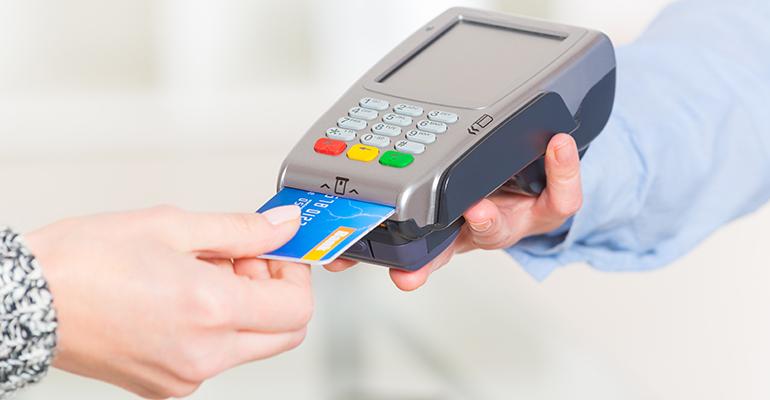 The annual NRN Power List is the definitive list of people setting foodservice trends today and shaping them for tomorrow. See the full list >>
The annual NRN Power List is the definitive list of people setting foodservice trends today and shaping them for tomorrow. See the full list >>
Women aren’t just changing the face of business through their advancements within the workplace:
They are also driving fundamental shifts in the way businesses appeal to consumers.
New insights into the spending habits of female consumers is evolving the way restaurants are approaching all aspects of the experience, including decor, food, marketing and brand image.
The potential rewards of connecting with this customer base are substantial. Women make 85 percent of all consumer purchasing decisions, according to a joint 2017 report by the Women’s Foodservice Forum, McKinsey & Co. and LeanIn.org. And a 2013 report by EY said the impact of women on the global economy over the coming decade would be “at least as significant as that of China and India.”
The female restaurant customer is selective and is likely to make purchasing decisions based on her values as often as — if not more than — price, convenience and taste. Data from Deloitte found that 56 percent of female restaurant consumers are driven by “evolving factors” such as wellness, transparency and social impact, while only 45 percent of men take these factors into consideration.
Female consumers are also more likely to tip more generously. A May 2018 study from Creditcards.com found that the median tip from women is 20 percent, while the median tip from men is 16 percent.

Another marketing study from Deloitte that divided potential consumers into personalities rather than demographics found that women are more likely to fall into the consumer category of the “Discerning Achiever” — an older consumer group of mostly Generation X and Baby Boomers that outspends other consumers and makes “health-conscious, ingredient-sensitive” purchasing decisions.
What’s not on the female customer’s radar? Pink decor, dainty portions and a cocktail list full of Cosmos.
“Women are everywhere and are a very important part of a successful restaurant business,” Holly Fox, partner at Last Word Hospitality consulting group, said. “I think there’s absolute truth that relying on
a space that is too [stereotypically] feminine can feel awful.”
But how can restaurants market to half of the population without alienating customers?
Female-friendly steakhouse chain STK strives to toe that line. The decor isn’t pink, but it’s less moody than the typically masculine steakhouse interior. The menu does have smaller portions, but it also has medium or larger steaks to appeal to appetites of any size or gender. And although when the chain launched in 2006 it relied heavily on sexy images of women in its marketing, the restaurant group has since toned down the blatant sex appeal.
Some restaurants have also tapped into women’s influence on social media. A March 2018 Pew Research Center study found that 39 percent of women use Instagram, while 30 percent of men do.
Brad Parker — the owner of Hampton Social, a restaurant chain that specifically markets to women — is capitalizing on this trend with his restaurants’ Instagram-friendly decor, lighting and food styling.
“Women are the ones posting pictures on social media, so we think that getting that formula right is really powerful from a business standpoint,” he said.
In light of the #MeToo movement, restaurants — particularly nightlife spots — would also benefit from considering well-lit entranceways, a system for ride-sharing and cab-hailing, and other safety precautions, Last Word’s Fox said.
Another surefire way to guarantee that your restaurant can appeal to the influential and diverse female demographic? Hire more women.
“Leadership should be a representation of your customer base,” Fox said. “Having female voices is crucial to creating a well-rounded program.”
Contact Joanna Fantozzi at [email protected]
Follow her on Twitter: @JoannaFantozzi






